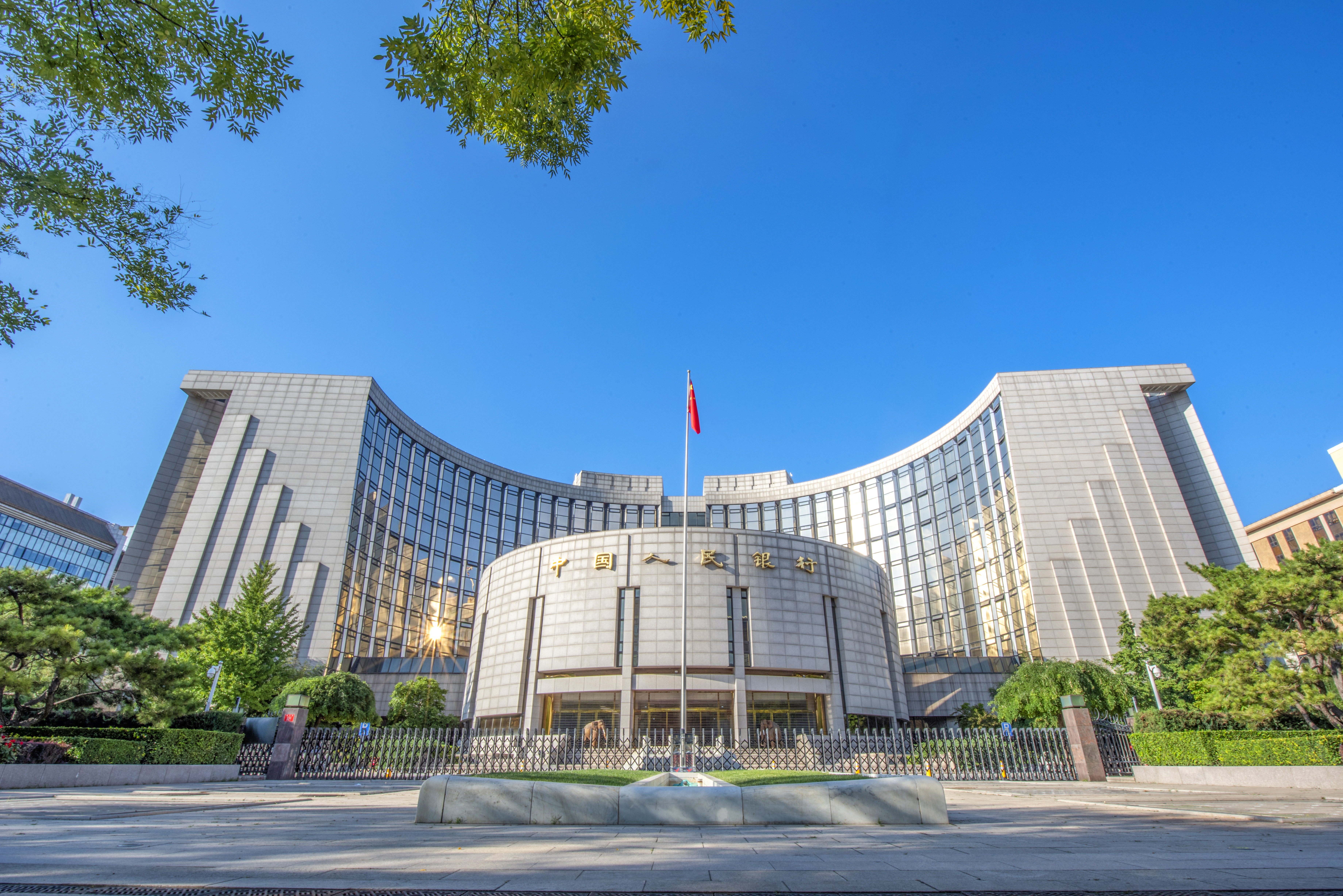By?LI?Linxu
China's central bank, the People's Bank of China (PBOC), has recently set up a special relending facility worth 500 billion RMB to support sci-tech innovation and technological transformation.
The interest rate of the one-year relending arrangement stands at 1.75 percent, and the lending can be rolled over twice, with a one-year term each, according to PBOC.

The?People's Bank of China. (PHOTO: VCG)
Twenty-one nationwide financial institutions have been selected as eligible for the facility, including the China Development Bank, policy banks, state-owned commercial banks, the Postal Savings Bank of China and joint-stock commercial banks.
The facility aims to guide selected financial institutions in strengthening financial support for sci-tech oriented small and medium-sized enterprises in their early stage of development or in growth stage, as well as technological transformation and equipment renewal projects in key sectors, said PBOC.
The financial institutions will decide whether to grant loans to applicant firms as well as the loan terms at their own discretion.
For eligible loans issued by these financial institutions, PBOC will provide reloans equivalent to 60 percent of the loan principal.
The move is a follow-up to implement the spirit of a central financial work conference held last October.
The conference stressed that more financial resources should be leveraged to support sci-tech innovations, advanced manufacturing, green development, micro, small and medium-sized enterprises, as well as innovation-driven development strategies and coordinated regional development strategies.
In its regular meeting for the first quarter of 2024 held on March 29, PBOC Monetary Policy Committee vowed it will deepen financial supply-side structural reform and build a mechanism to provide effective support for the real economy.
The trio will conduct a series of experiments in fields such as life science, fluid physics, combustion science and materials science. Notably, this is the first time that fruit flies have been taken on a Chinese space mission as experimental subjects. What made scientists choose fruit flies? What experiment will they undergo?
